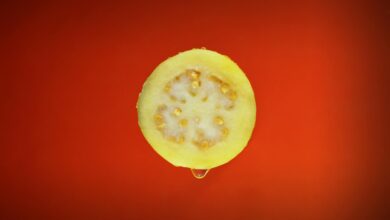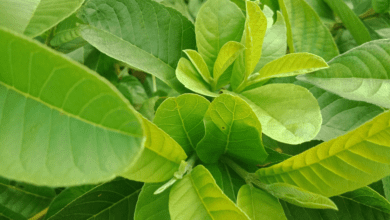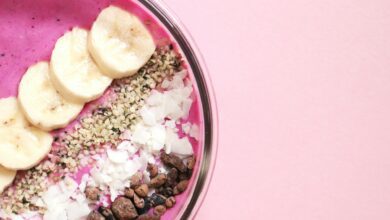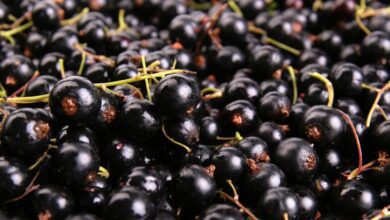Boost Your Iron Levels and Treat Anemia with These Iron-Packed Foods
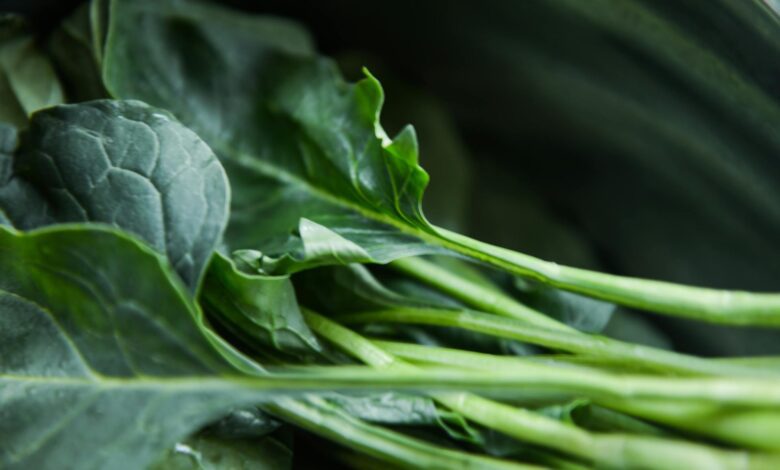
The Importance of Iron in the Body
Iron is an essential mineral that plays a crucial role in various bodily functions. It is a key component of hemoglobin, the protein in red blood cells responsible for transporting oxygen throughout the body. Iron also supports the immune system, aids in energy production, and is necessary for proper brain function and cognitive development.
Maintaining adequate iron levels is essential for overall health and well-being. Unfortunately, iron deficiency is one of the most common nutritional deficiencies worldwide, affecting individuals of all ages and backgrounds. Ensuring you consume a diet rich in iron-rich foods can help prevent and address this common issue.
Common Symptoms of Iron Deficiency
Iron deficiency can manifest in various ways, and recognizing the signs can help you take proactive steps to address the problem. Some of the most common symptoms of iron deficiency include:
- Fatigue and weakness
- Pale skin and lips
- Shortness of breath
- Dizziness or lightheadedness
- Rapid or irregular heartbeat
- Headaches and migraines
- Difficulty concentrating
- Brittle nails and hair loss
If you experience any of these symptoms, it’s essential to consult with a healthcare professional to determine the underlying cause and develop an appropriate treatment plan.
Foods That Are Rich in Iron
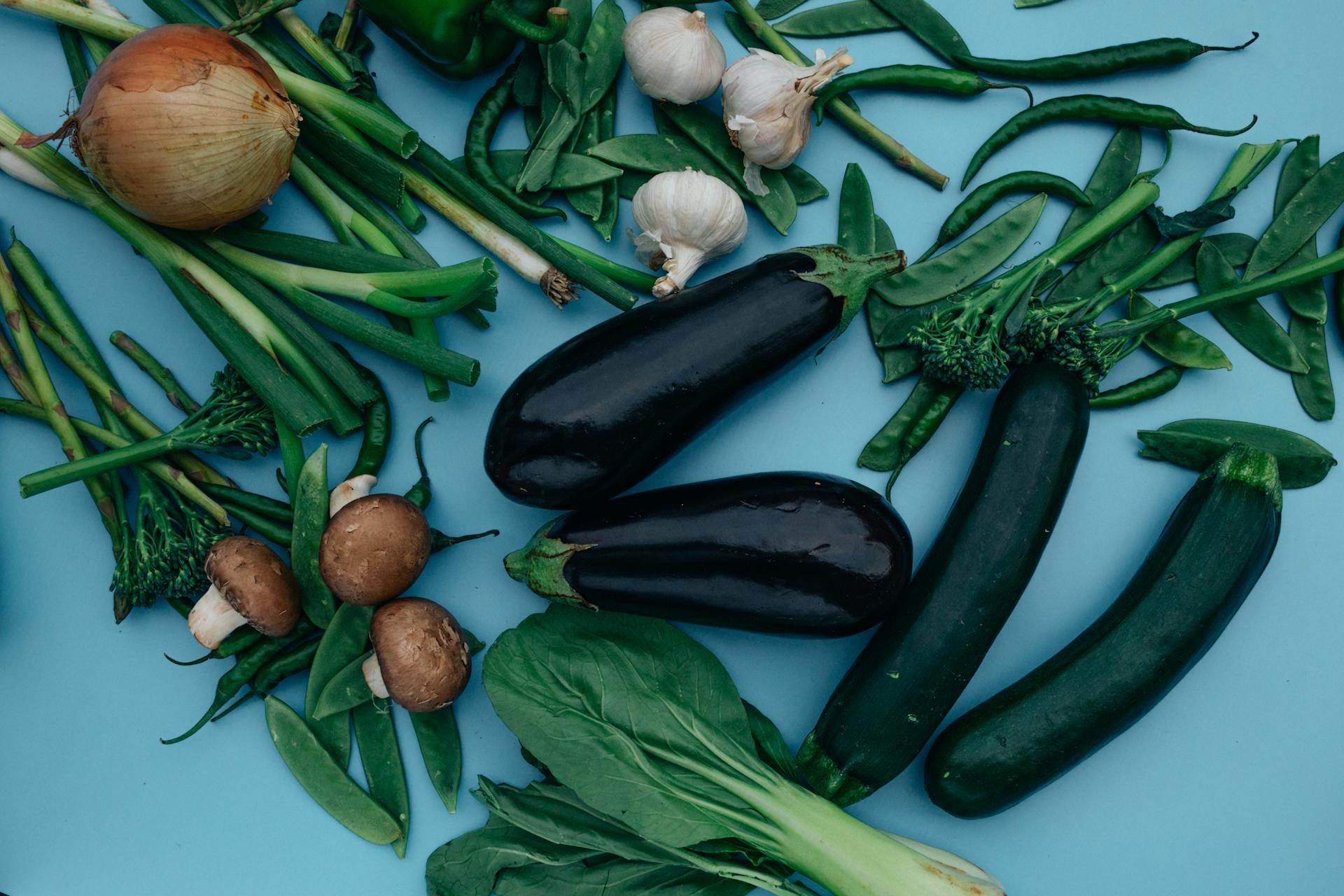
Incorporating iron-rich foods into your diet is the most effective way to maintain healthy iron levels. Here are some of the top food sources of iron:
- Red Meat: Beef and lamb are excellent sources of heme iron, which is the most bioavailable form of iron.
- Poultry: Chicken and turkey also contain heme iron, making them great options for boosting your iron intake.
- Seafood: Oysters, clams, mussels, and tuna are all rich in iron.
- Legumes: Lentils, chickpeas, soybeans, and kidney beans are packed with non-heme iron.
- Leafy Greens: Spinach, kale, and Swiss chard are nutrient-dense sources of non-heme iron.
- Nuts and Seeds: Almonds, cashews, pumpkin seeds, and chia seeds are all good sources of iron.
- Fortified Cereals and Breads: Many breakfast cereals, breads, and pasta products are fortified with iron to help increase your intake.
Also read: What are Free Radicals and How Do They Affect Our Health?
Vegetarian Sources of Iron
For those following a vegetarian or vegan diet, it’s important to be mindful of obtaining sufficient iron from plant-based sources. Here are some excellent vegetarian options:
- Lentils, chickpeas, and other legumes
- Tofu and tempeh
- Quinoa
- Oats
- Cashews and other nuts
- Dried apricots and raisins
- Spinach, kale, and other leafy greens
- Fortified plant-based milk and cereals
While plant-based iron (non-heme iron) is not as readily absorbed as heme iron from animal sources, combining these foods with vitamin C-rich foods can enhance iron absorption.
Iron Absorption and Enhancing Nutrients
The absorption of iron can be influenced by various factors, including the type of iron consumed and the presence of certain nutrients. To optimize iron absorption, consider the following strategies:
- Pair Iron-Rich Foods with Vitamin C: Consuming vitamin C-rich foods, such as citrus fruits, bell peppers, or tomatoes, can significantly increase the body’s ability to absorb non-heme iron.
- Avoid Inhibitors: Substances like tannins (found in tea and coffee), phytates (found in whole grains and legumes), and calcium can interfere with iron absorption. Try to consume these foods separately from your iron-rich meals.
- Enhance with Heme Iron: Including a small amount of heme iron from animal sources, such as a few ounces of red meat or poultry, can boost the absorption of non-heme iron from plant-based foods.
Iron-Rich Recipes and Meal Ideas
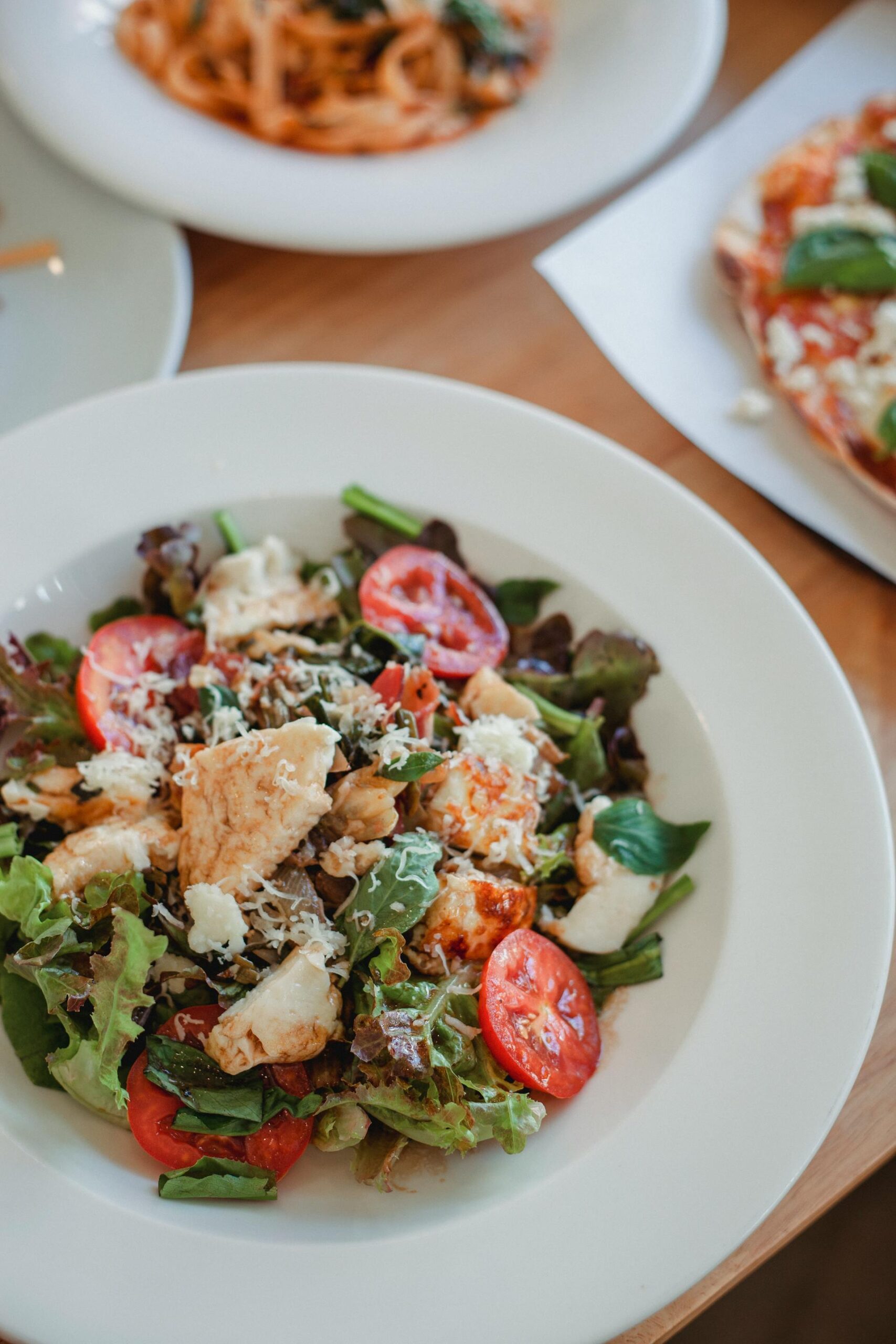
Incorporating iron-rich foods into your daily meals can be both delicious and nutritious. Here are some tasty recipe ideas to help you boost your iron intake:
- Spinach and Lentil Salad: Combine fresh spinach, cooked lentils, diced tomatoes, and a drizzle of lemon-garlic dressing.
- Beef and Broccoli Stir-Fry: Sauté sliced beef, broccoli florets, and bell peppers in a soy-based sauce, served over brown rice.
- Roasted Chickpea and Sweet Potato Bowl: Roast chickpeas, sweet potatoes, and red onions, then serve over quinoa with a tahini-based dressing.
- Grilled Salmon with Asparagus: Grill a salmon filet and serve it with roasted asparagus spears drizzled with olive oil and lemon juice.
- Tofu and Vegetable Stir-Fry: Sauté cubed tofu, broccoli, carrots, and mushrooms in a flavorful soy-based sauce.
Also read: From Garlic to Eggs: Exploring the Best Foods Rich in Sulfur and Their Health Benefits
Supplements and Fortified Foods for Iron Intake
While a balanced diet should be the primary source of your iron intake, there may be times when supplements or fortified foods can be beneficial. Some instances where supplementation may be necessary include:
- During pregnancy or breastfeeding
- For individuals with increased iron needs, such as athletes or those recovering from surgery
- For those with certain medical conditions that impair iron absorption
If you’re considering iron supplements, it’s crucial to consult with your healthcare provider to determine the appropriate dosage and type of supplement that best suits your individual needs.
Iron Levels and Specific Health Conditions
Maintaining healthy iron levels is especially important for individuals with certain medical conditions. Here are a few examples:
- Anemia: Those diagnosed with anemia, a condition characterized by low red blood cell count or hemoglobin levels, will often require targeted iron supplementation and dietary changes to address the deficiency.
- Gastrointestinal Disorders: Conditions like Crohn’s disease, ulcerative colitis, and celiac disease can impair the body’s ability to absorb iron, leading to deficiencies.
- Heavy Menstrual Bleeding: Women with heavy or prolonged menstrual periods may be at a higher risk of iron deficiency and may benefit from increasing their iron intake.
If you have a pre-existing medical condition, it’s essential to work closely with your healthcare provider to monitor your iron levels and develop a personalized plan to maintain optimal health.
Tips for Incorporating Iron-Rich Foods into Your Diet
Incorporating more iron-rich foods into your daily routine can be easy and delicious. Here are some tips to help you get started:
- Diversify Your Protein Sources: Rotate between lean meats, poultry, seafood, and plant-based proteins like legumes and tofu to ensure a varied intake of heme and non-heme iron.
- Snack on Iron-Rich Foods: Keep a stash of nuts, seeds, dried fruit, and fortified cereals on hand for easy, iron-boosting snacks.
- Cook with Cast-Iron Cookware: Using cast-iron pans can help increase the iron content of your meals, as the iron from the cookware is transferred to the food.
- Pair Iron-Rich Foods with Vitamin C: Enjoy your iron-rich meals with a side of citrus fruits, bell peppers, or tomatoes to enhance absorption.
- Experiment with New Recipes: Explore a variety of iron-rich recipes, from hearty stews and roasted vegetables to flavorful grain bowls and plant-based burgers.
Ready to take charge of your iron levels? Incorporate these nutrient-packed foods into your diet and start feeling the difference today.
Conclusion: Taking Charge of Your Iron Levels
Maintaining healthy iron levels is crucial for your overall well-being. By understanding the importance of iron, recognizing the signs of deficiency, and incorporating a variety of iron-rich foods into your diet, you can take proactive steps to support your body’s needs.
Remember, a balanced and diverse diet is the foundation for optimal iron intake. Pair iron-rich foods with vitamin C, limit inhibitors, and consider supplements or fortified foods if necessary. With a little planning and creativity, you can easily boost your iron levels and enjoy the many benefits of this essential mineral.

